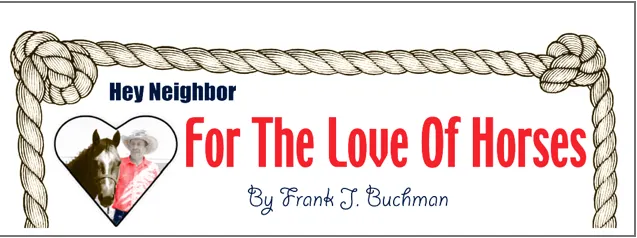Nebraska Horse Rescue Horses Sold At Auction
Epona Horse Rescue, missing most of the animals that called it home, was the quietest it’s been in more than half a year after an emotional procession.
Volunteers loaded thirty-seven of the horses seized by Gage County, Nebraska, officials in August onto trailers to haul to auction.
More than a hundred people packed into the Palmyra Livestock Market stamping their feet, clapping their hands, and waging bidding wars.
Epona founder Lin Guyton was hoping to bring home all of the horses, but $62,000 later, she came out with 13 and few more that others bought possibly on the way.
“We will get the rest adopted out into homes,” Guyton said. “Each and every single one of them deserves an individual home.”
Guyton said the auction was disappointing and frustrating.
A few weeks ago, Epona volunteer Tanya Martin-Dick discussed her love for one of the horses, Phoenix, who came to the non-profit near death.
“I just begged him to hang on,” Martin-Dick said. “And I said, I’ll come feed you. I’ll come love you. Please don’t die.”
She won her bid for him.
“He’s gonna have a beautiful life with me,” Martin-Dick said.
The sale brought in $184,097.25, most of which will go back to the court. And after all outstanding fees are paid, the rest will go to Jennafer Glaesemann, who Gage County officials seized the horses from.
It’s a case that zigged and zagged across a long seven months, and some are just glad it’s come to some closure.
“I hope they have homes that will take care of them, realizing where they came for them,” Gage County Sheriff Millard Gustafson said. “And making a better life for them.”
Gustafson said he isn’t sure yet how much of the money will end up going back to Glaesemann.
+++30+++
Skijoring Becomes Popular Sport For Skiers Pulled By Horses
Skijoring dates back hundreds of years but is relatively new in the states.
Combining skiing and rodeo events create a popular new pastime, according to residents of Leadville, Colorado.
Skijoring typically involves a competitor on skies trailing a horse, although dogs and even cars can be used in variations of the sport.
References date the beginning of skijoring to as far back as 13th century China. The Laplanders of Scandinavia adapted it as a way to travel in the snow and ice.
In 1901, the first skijoring competition took place in the Nordic Games. It’s first and last Olympic Winter Games appearance came 27 years later.
While much of the United States doesn’t meet the threshold of winter weather necessary to host such events, but Leadville, Colorado, has embraced it with open arms.
In the old mining town, residents head out to local streets that have been shut down to host some of the only skijoring events in the country.
A team made up of a horse, a rider, and a skier participates in circuit, relay, sprint, or freestyle jumping events along a course up to 1,000 feet long.
“You’re going about 40 miles an hour, the wind is just absolutely hitting your face, your face goes number,” said competitor Savannah McCarthy. “And then you get to the finish line, you hope your skier’s still there, and you do your best to stop your horse if you can.”
+++30+++




